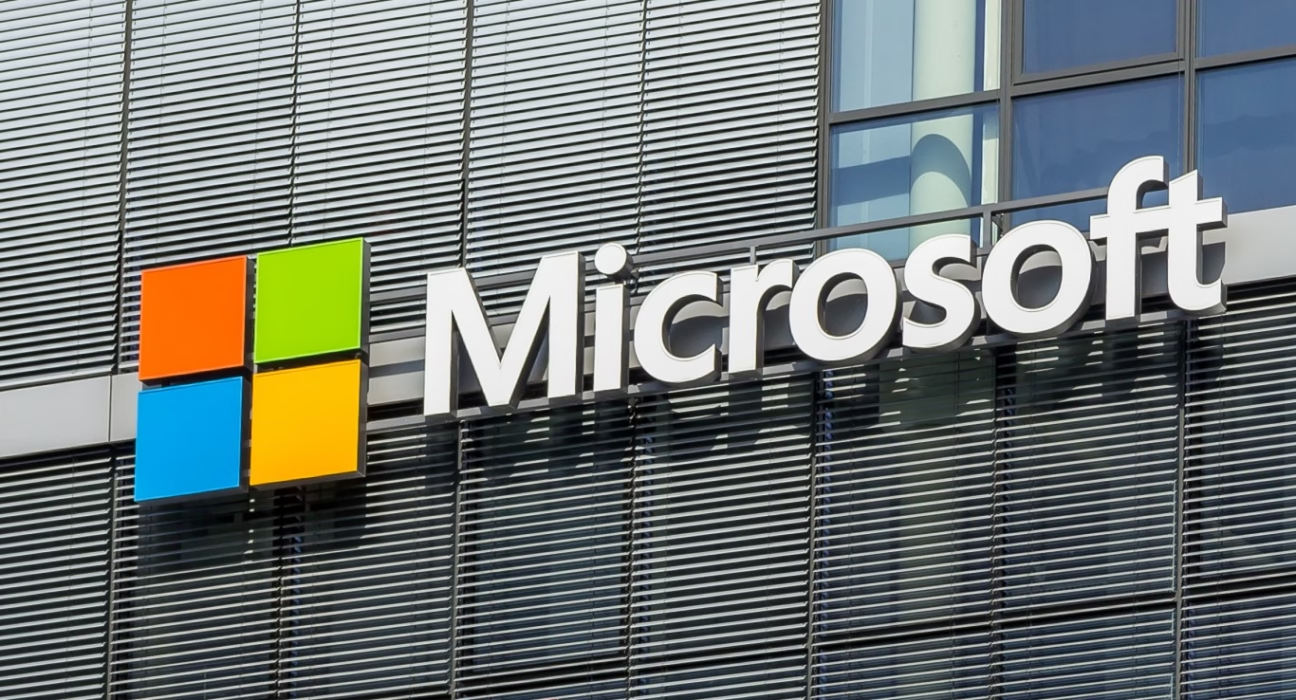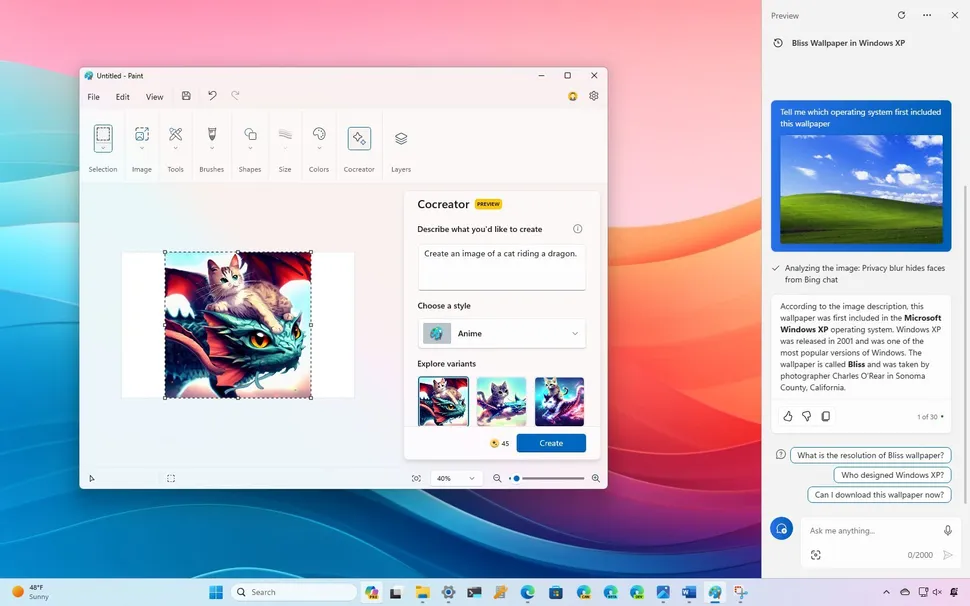Unpacking Microsoft AI Investment Strategy: The Nuanced Link Between Ambition and Workforce Shifts
Estimated reading time: 10-12 minutes
Key Takeaways
-
- Microsoft is investing an unprecedented $80 billion in AI infrastructure in fiscal 2025, solidifying AI as its central future growth engine.
-
- Recent workforce adjustments, impacting approximately 6,000 employees, are not a direct replacement by AI but part of a deeper, strategic resource reallocation.
-
- Job cuts are primarily in non-core and legacy roles (e.g., Xbox, sales), designed to streamline operations and strategically free up capital and human resources.
-
- These freed-up resources are being reinvested into new, highly specialized AI-focused roles, building out critical AI infrastructure, and accelerating AI product deployment.
-
- Microsoft is proactively reskilling its existing workforce, preparing employees to adapt and thrive in an increasingly AI-driven work environment.
- The overarching strategy positions Microsoft to be a global leader in AI innovation, seamlessly integrating advanced AI across Azure, Microsoft 365, and Copilot for sustainable growth and a significant competitive advantage.
Table of Contents
1. Introduction: Unpacking Microsoft’s AI Ambition and Recent Workforce Shifts
In the sprawling landscape of modern technology, few companies cast as long a shadow as Microsoft. A titan of industry, Microsoft has unequivocally declared its unwavering commitment to artificial intelligence, positioning AI not merely as an enhancement but as the very core pillar for its future growth and strategic trajectory. This aggressive and meticulously planned Microsoft AI investment strategy is far more than just a passing trend; it is a central and fundamental aspect of the company’s long-term vision, reshaping everything from product development to workforce composition.
The scale of this commitment is nothing short of breathtaking. Consider the financial commitment alone: for fiscal year 2025, Microsoft has pledged an astonishing $80 billion specifically towards AI infrastructure. This colossal investment isn’t just a number; it represents a tangible dedication to expanding its vast network of data centers, dramatically enhancing AI capabilities within its flagship Azure cloud platform, and supercharging its suite of productivity tools, most notably Copilot. The aim is clear: to build the digital backbone that will power the next generation of intelligent services and applications, cementing Microsoft’s dominance in the AI-first era. This ambitious investment is highlighted across multiple sources, including insights from Ainvest and OpenTools.ai.
Yet, amidst this grand narrative of pioneering AI innovation, a seemingly contradictory development has captured headlines: the recent news of significant layoffs impacting thousands of Microsoft employees. On the surface, the immediate reaction might be confusion: how can a company pouring billions into cutting-edge technology simultaneously shed a substantial portion of its workforce? This blog post aims to deconstruct this apparent paradox. We will delve deep into how these job cuts align with, or perhaps even directly result from, Microsoft’s substantial AI push. Our exploration will ultimately unravel the nuanced truth behind the Microsoft layoffs reason AI, moving beyond simplistic narratives to reveal a sophisticated strategy of transformation.

2. The “Microsoft Layoffs Reason AI”: Deconstructing the Apparent Paradox
The initial news reports sparked a wave of speculation: Microsoft, a leader in technological advancement, is investing massively in AI while simultaneously reducing its workforce. This immediate perceived contradiction – massive AI investment versus widespread job cuts – creates a paradox that demands a deeper understanding. Is AI simply replacing human roles on a grand scale? The answer, as is often the case with complex corporate strategies, is far more intricate than a simple cause-and-effect relationship.
It’s crucial to clarify that the Microsoft layoffs reason AI isn’t simply a direct, one-to-one replacement of human jobs by artificial intelligence. Instead, these job cuts are an integral part of a broader, more nuanced strategic resource reallocation and a significant shift in business priorities. Microsoft is not just embracing AI; it’s undergoing a fundamental restructuring to become an AI-first company. This means optimizing every facet of its operations. As highlighted by Penebrief and echoed in analyses from Ainvest and OpenTools.ai, this is about transforming the very fabric of the organization.
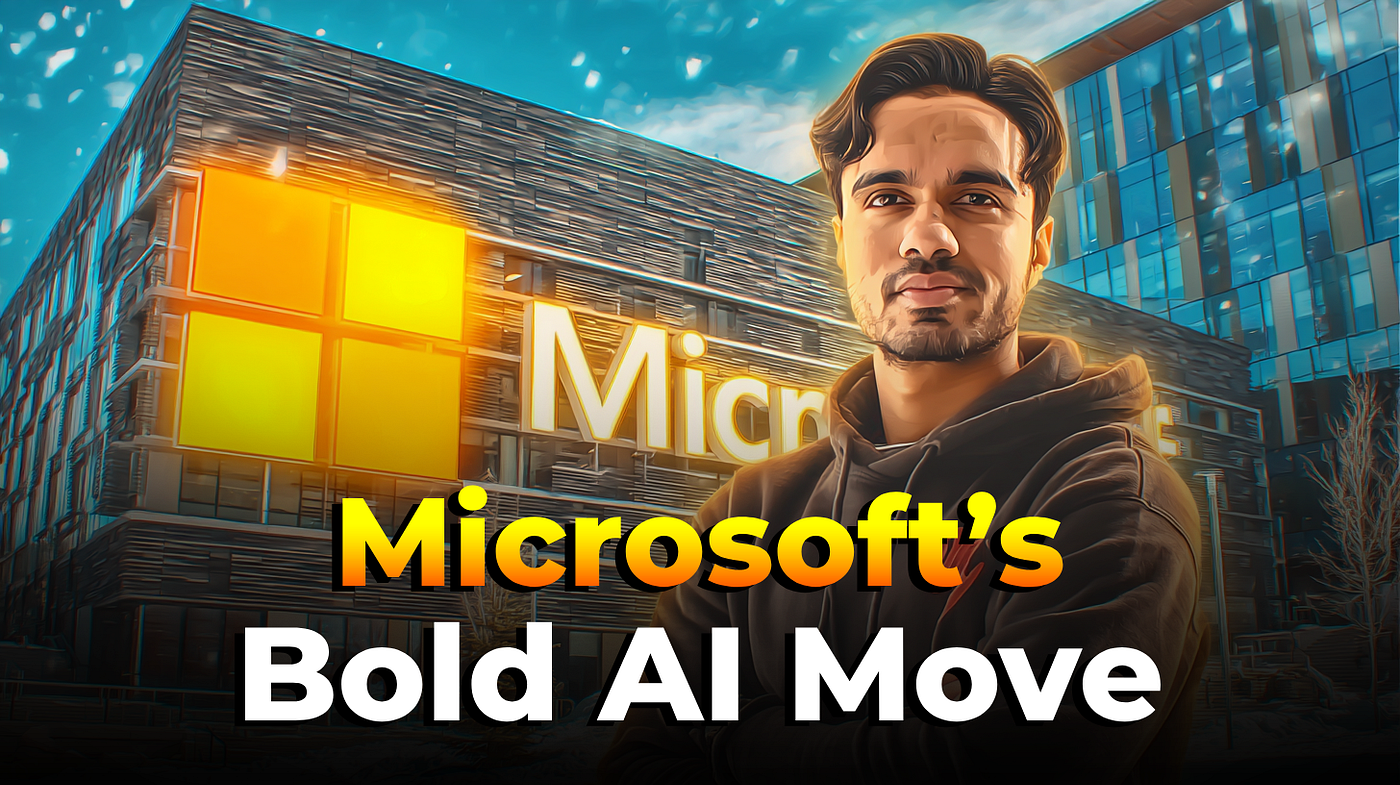
The underlying strategy involves Microsoft actively optimizing its workforce by streamlining operations, consolidating roles that may have become redundant, and consciously moving away from legacy systems and approaches. This transformation enables the company to embrace cutting-edge AI-centric development and deployment models. It’s less about AI performing existing human tasks and more about redefining how work gets done, what skills are critical, and where resources are most effectively deployed. This mirrors trends seen in other tech giants like Amazon, as discussed by OpenTools.ai, emphasizing a shift towards agility and AI integration.
Essentially, Microsoft is not merely cutting costs; it’s investing in its future by shedding positions that no longer align with its forward-looking AI vision. The company is actively shedding fat to build muscle, re-sculpting its organizational structure to be leaner, more agile, and hyper-focused on AI innovation. This shift often means consolidating teams, automating repetitive tasks, and investing in new tools and platforms that empower a smaller, more specialized workforce to achieve greater impact. It’s a calculated risk, undertaken with the clear objective of accelerating its journey to becoming the undisputed leader in the global AI landscape.
3. Strategic Restructuring: “Microsoft Job Cuts for AI Infrastructure”
To truly grasp the strategic intent behind Microsoft’s recent workforce adjustments, it’s essential to delve into the specifics of where these job cuts are occurring and their scale. Reports indicate that approximately 6,000 employees, representing nearly 3% of Microsoft’s global workforce, have been affected. This is not a scattershot reduction but a targeted effort, as detailed by Ainvest and OpenTools.ai, to realign the company’s human capital with its ambitious AI roadmap.
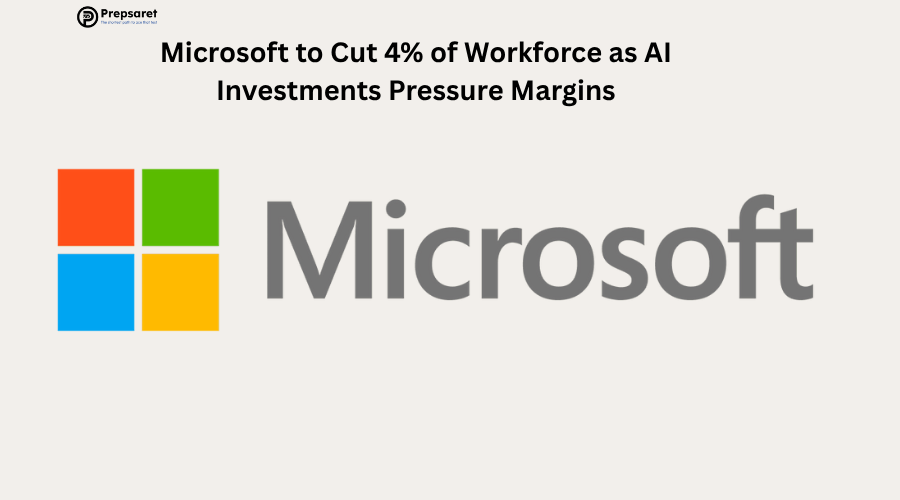
Crucially, these cuts encompass various segments, often targeting non-core roles and divisions that may not be directly tied to the burgeoning AI ecosystem. For instance, specific reductions have been noted in areas such as Xbox and sales, which, while vital to the company’s overall operations, are undergoing shifts in strategic emphasis. These adjustments are a direct result of Microsoft’s efforts to optimize teams and streamline operations, a move geared towards enhancing efficiency and agility in an increasingly competitive technological landscape. The primary goal is not just cost-cutting, but more profoundly, to free up both financial and human resources that can then be strategically reallocated.
These freed-up resources are then funneled directly into funding new, AI-focused roles, building out essential AI infrastructure, and accelerating the deployment of AI-driven products and services. This is where the concept of Microsoft job cuts for AI infrastructure becomes clear. It’s a deliberate pivot: shifting capital from less critical areas to fuel the company’s most vital growth engine. This reinvestment is not merely about headcount; it’s about investing in the right headcount – individuals with highly specialized skills that can contribute directly to AI innovation. Sources such as Ainvest and OpenTools.ai further underscore this strategic reallocation.
This transition highlights a significant shift in talent demand across the organization. Microsoft is increasingly seeking talent with a sophisticated combination of software engineering prowess and deep AI expertise. There’s a pronounced emphasis on the need for interdisciplinary skills – individuals who can bridge the gap between traditional software development and advanced machine learning models. The company is actively optimizing teams to fulfill its ambitious AI vision, mirroring aggressive hiring strategies seen at other tech giants like Meta. This focus on specialized talent, as noted by OpenTools.ai, indicates a fundamental shift in the company’s human capital strategy, prioritizing skills directly relevant to AI development and deployment over those in areas where automation or optimization has reduced the need for human input.
4. Broader “Impact of AI on Microsoft Workforce”: Beyond Layoffs
While layoffs capture headlines, understanding the true impact of AI on Microsoft’s workforce requires looking beyond just job reductions. This transformation is multifaceted, affecting every layer of the organization. It’s a continuous evolution, requiring adaptability and a forward-thinking mindset from every employee.
One of the most significant aspects is the substantial reallocation of talent within the company. This isn’t just about moving people from one department to another; it’s about a fundamental shift in the types of roles that are most valued and in-demand. There’s an unprecedented increase in demand for highly specialized positions critical to advanced AI development and implementation. We’re talking about roles such as:
- AI Engineers: Professionals skilled in building and deploying AI models and systems.
- Data Scientists: Experts who can extract insights from vast datasets to train and refine AI algorithms.
- Prompt Engineers: A new, specialized role focused on optimizing interactions with large language models to achieve desired outputs.
- Machine Learning Researchers: Those pushing the boundaries of AI capabilities.
These high-skill positions, as noted by OpenTools.ai, are essential for Microsoft to maintain its competitive edge and develop truly groundbreaking AI solutions. The shift represents a move towards a workforce that is deeply embedded in the intricacies of AI development and deployment.

Furthermore, Microsoft is not simply replacing old roles with new ones; it’s proactively investing in its existing human capital through robust reskilling initiatives. These programs are designed to help the current workforce adapt and thrive in an AI-driven workplace. Examples include tailored training programs, comprehensive internal courses, and strategic partnerships aimed at building essential digital and AI competencies. Their investments in markets like Switzerland, where they focus on skilling and innovation, serve as a clear demonstration of this commitment. This proactive approach ensures that employees whose roles may be impacted by automation are provided with opportunities to transition into new, high-demand areas, securing their relevance in the evolving tech landscape. As further elaborated by Penebrief, this vision extends to preparing employees for interaction with advanced AI agents.

Beyond new roles and reskilling, existing positions across Microsoft are also being profoundly augmented or transformed by AI. This means employees in various departments are now required to develop new skill sets, embrace AI tools, and adapt to evolving job responsibilities. For example, a marketing specialist might use AI for highly personalized campaign generation, or a customer service representative might leverage AI-powered chatbots for initial query handling. The goal is to enhance human capabilities, enabling greater efficiency, deeper insights, and more innovative outcomes across the board. This pervasive integration signifies that the impact of AI is not confined to a few specialized teams but is reshaping the daily work life of nearly every Microsoft employee.
5. “Microsoft’s Future with AI Investment”: A Long-Term Vision
Understanding Microsoft’s future with AI investment requires seeing these workforce adjustments as integral parts of a much larger, overarching, long-term strategic vision. These shifts are not isolated events but deliberate moves designed to position the company for decades of continued leadership in the tech industry. It’s about more than just staying competitive; it’s about defining the future of artificial intelligence.
Microsoft’s ultimate goal is clear and ambitious: to establish itself as the undisputed global leader in AI innovation. This involves a comprehensive strategy of seamlessly integrating advanced AI capabilities across its entire, expansive suite of products and cloud offerings. From the foundational infrastructure of Azure, its powerful cloud computing platform, to the pervasive presence of Microsoft 365, and the groundbreaking potential of Copilot, AI is being woven into the very fabric of Microsoft’s ecosystem. This holistic integration, as championed by Penebrief, aims to deliver unprecedented levels of productivity, creativity, and intelligence directly into the hands of billions of users and organizations worldwide. Imagine a future where every interaction, every task, and every decision is enhanced by intelligent AI assistance – that is Microsoft’s long game.

The current shifts and strategic Microsoft job cuts for AI infrastructure are meticulously designed to position the company for sustainable growth, ensuring it maintains a formidable competitive advantage and solidifies its technological leadership in the rapidly emerging AI economy. This is not a short-term reactive measure but a proactive, forward-looking maneuver. By optimizing its workforce and reallocating capital, Microsoft is investing in its capacity to innovate at a blistering pace, develop proprietary AI models, and build robust, scalable AI solutions that will power industries and redefine human-computer interaction for years to come. The goal is to not just participate in the AI revolution but to lead it, as emphasized by Ainvest.
Ultimately, Microsoft’s strategy is to remain at the forefront of AI innovation, setting industry benchmarks and driving increased productivity and profitability through widespread automation and advanced AI tools. They envision a world where AI enhances human potential, democratizes access to advanced computing, and creates new economic opportunities. This bold vision requires significant investment and, at times, difficult decisions regarding resource allocation. However, these decisions are viewed as essential steps towards securing a future where Microsoft remains synonymous with cutting-edge technology and impactful innovation, ensuring its enduring relevance and profitability in an AI-powered world.

6. Conclusion: Navigating the AI Transformation
In synthesizing our exploration, it becomes unequivocally clear that Microsoft’s extensive Microsoft AI investment strategy and its recent workforce adjustments are not disparate events but are intricately linked, representing a profound, company-wide transformation. This is far from a simple cause-and-effect scenario where artificial intelligence directly replaces human jobs in a simplistic manner. Instead, it’s a testament to a corporation grappling with the complexities of technological evolution on an epic scale, meticulously recalibrating its core operations for an AI-first future. The narrative is one of strategic evolution, not merely disruption.
We’ve established that the Microsoft layoffs reason AI is deeply rooted in a broader reorientation of the company’s priorities. This involves a comprehensive streamlining of operations, a strategic reallocation of talent towards high-growth, AI-centric domains, and a proactive, visionary commitment to reskilling the existing workforce. This multi-pronged approach, as evidenced by reports from Ainvest, OpenTools.ai, and others, is designed to ensure Microsoft is agile, efficient, and ultimately, prepared to capitalize on the immense opportunities presented by artificial intelligence. It’s a calculated gamble on future dominance, requiring bold decisions in the present.
Microsoft’s aggressive positioning demonstrates its unwavering determination to not only adapt to but actively shape the technological landscape in the burgeoning age of artificial intelligence. By funneling vast resources into AI infrastructure and strategically recalibrating its human capital, the company is securing its Microsoft’s future with AI investment. This strategic overhaul isn’t just about efficiency; it’s about embedding intelligence into every product, every service, and every interaction, ensuring Microsoft remains at the vanguard of innovation. This commitment underscores a belief that while AI will undoubtedly transform the nature of work, it will also unlock unprecedented levels of productivity and creativity, with Microsoft leading the charge. The journey is complex, but the destination—a fully AI-integrated enterprise—is clearly in sight.
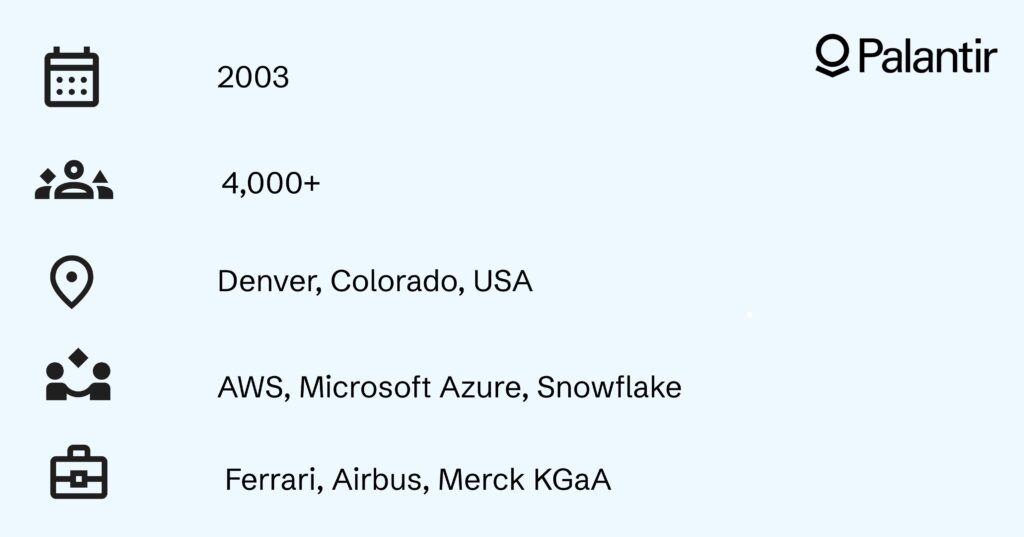
Frequently Asked Questions
-
- Q: Are Microsoft’s layoffs directly because AI is replacing human jobs?
A: Not directly in most cases. The layoffs are part of a broader strategic reallocation of resources and a shift in business priorities towards AI-centric development. While AI automates some tasks, the cuts primarily target non-core roles and divisions, freeing up resources for new, specialized AI positions and infrastructure.
- Q: Are Microsoft’s layoffs directly because AI is replacing human jobs?
-
- Q: How much is Microsoft investing in AI infrastructure?
A: Microsoft has pledged a significant $80 billion for AI infrastructure in fiscal year 2025. This massive investment aims to expand data centers and enhance AI capabilities within its Azure cloud platform and productivity tools like Copilot.
- Q: How much is Microsoft investing in AI infrastructure?
-
- Q: What types of roles is Microsoft prioritizing with its AI investment?
A: Microsoft is increasingly seeking talent with a strong combination of software engineering and AI expertise. This includes highly specialized roles such as AI engineers, data scientists, prompt engineers, and machine learning researchers, critical for advanced AI development and deployment.
- Q: What types of roles is Microsoft prioritizing with its AI investment?
-
- Q: Is Microsoft offering retraining or reskilling for employees affected by the shift to AI?
A: Yes, Microsoft has proactive initiatives to reskill existing employees. These programs, which include tailored training and strategic partnerships, help the current workforce adapt to an AI-driven workplace and transition into new, high-demand AI-related roles.
- Q: Is Microsoft offering retraining or reskilling for employees affected by the shift to AI?
- Q: What is Microsoft’s long-term vision for its AI investment?
A: Microsoft’s ultimate goal is to establish itself as a global leader in AI innovation by seamlessly integrating advanced AI capabilities across its entire product suite, including Azure, Microsoft 365, and Copilot. This strategy aims to drive sustainable growth, competitive advantage, and technological leadership in the emerging AI economy.


